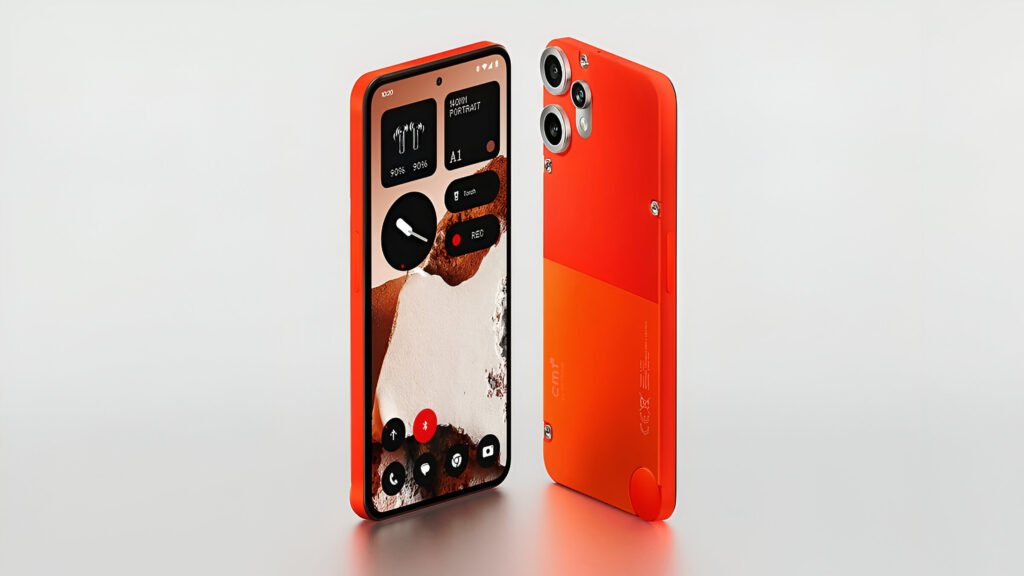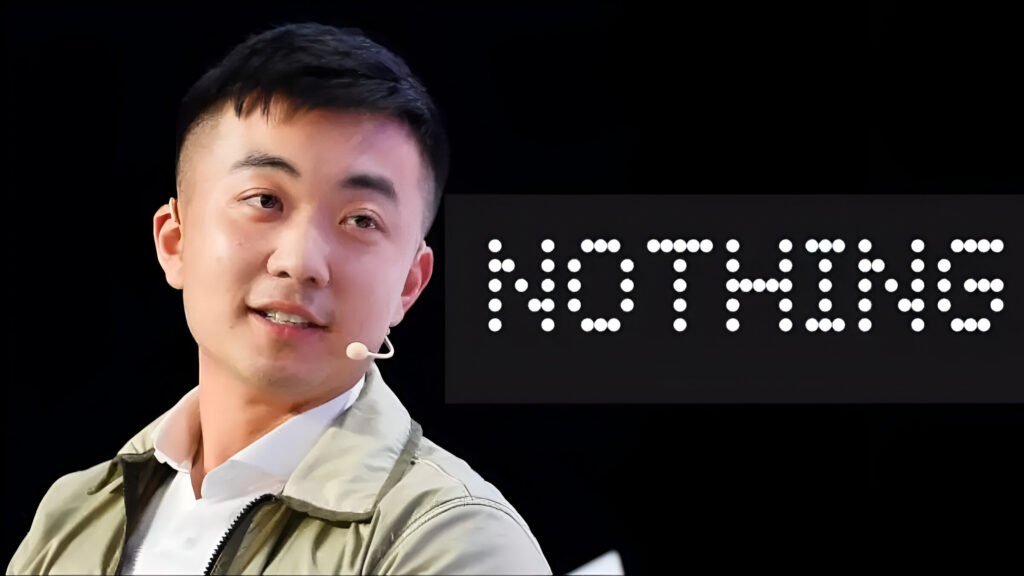
Let’s face it—the smartphone market is crowded with giants making largely identical devices. But amid this sea of sameness, Carl Pei‘s Nothing and its sub-brand CMF are doing something, well… different. I recently dove into Pei’s comments from a New Delhi launch event for the CMF Phone 2 Pro, and what I found reveals a refreshing approach that’s actually working, especially with India’s younger consumers.
Capturing India’s Young Consumers: A Strategic Advantage
What struck me most was how Nothing has managed to position itself as the youngest smartphone brand worldwide based on who’s actually buying their products. In India specifically? The average Nothing user is just 24 years old.
“If a company is always able to get young customers in, that means the market share will grow over time. If the user base keeps getting older and older, that means the market share will decrease over time,” Pei explained during the event.
This isn’t just marketing talk—the numbers back it up. Counterpoint Research reports Nothing has achieved a whopping 156% year-over-year growth in India. They’re the fastest-growing smartphone brand in the country with five straight quarters of significant growth. No other brand has managed this feat in the last decade.
Here’s what really raised my eyebrows: about 12% of Nothing’s users previously owned iPhones. While that might not sound huge at first glance, Pei considers this a major win considering Apple’s market position. “That means we’re gaining versus losing users towards Apple,” he noted. The secret? Nothing focuses on the complete package—experience, software, design, and brand identity—rather than just rattling off specs like most competitors do.
Beyond AI Hype: Focusing on Genuine User Needs
I’m honestly tired of every product announcement these days being nothing but “AI this” and “AI” that”—and apparently, so is Carl Pei. In what might be the most refreshing take I’ve heard from a tech CEO lately, he actually wants to “ban the use of the term AI” within Nothing.
“AI is just a tool, just the ingredients to try and solve a user’s need,” he said, cutting through the marketing fog that’s enveloped the industry. While other brands slap “AI-powered” on features that barely qualify, Pei’s team is more concerned with whether something actually improves the user experience.
Practical Innovation in a Challenging Market
India’s smartphone market is notoriously tough—price-sensitive consumers who scrutinize every detail and demand maximum value. Pei doesn’t sugarcoat the challenges: “Unlike larger players like Samsung, which ships over 200 million phones annually, or Chinese brands with 100–150 million units, we operate at a much smaller scale, in the low single-digit millions.”
This creates real problems when negotiating with suppliers. Yet somehow, Nothing needs to meet the sky-high expectations of Indian buyers.

“We’ve been super practical about the way we run this business,” Pei explained. “Engineering costs a lot of money to develop each new product. Then every product we launch has to be a hit… therefore, we are quite conservative in the innovation that we bring to the market over time.”
This doesn’t mean Nothing is playing it completely safe, though. Pei hints that as volumes grow, we’ll see more daring innovations—starting with software first, hardware to follow.
The “Made in India” Strategy
You know what’s cool? Nothing and CMF aren’t just talking about India as a market—they’ve fully embraced manufacturing here. All their products are now made locally under the “Make in India” initiative, and they’ve even started exporting Indian-made devices to other regions, with Middle Eastern countries being among the first recipients.
This local manufacturing approach makes perfect sense when you think about it. It helps keep prices competitive for those price-sensitive Indian buyers while supporting local jobs and reducing logistics headaches. It’s one of those rare win-win situations in business.
The CMF Sub-Brand: Playing It Safe While Standing Out
CMF represents Nothing’s play for the under ₹20,000 segment—a fiercely competitive price point in India. The CMF Phone 2 Pro launched less than a year after the original CMF Phone 1, showing just how serious Pei is about this market.
What caught my attention was the inclusion of a 50-megapixel telephoto camera in the CMF Phone 2 Pro. You just don’t see that kind of feature at this price point typically. When asked about this decision, Pei’s answer was refreshingly straightforward: “I’ve seen more and more people like to shoot in 2x… because when you shoot in 2x, the edges look a lot better.”
That’s the kind of decision-making I appreciate—based on how people actually use their phones, not just what looks good on a spec sheet.
Looking Forward: Essential Space and Future Plans
Nothing is also exploring some interesting software features, like Essential Space—an AI-powered tool (though Pei probably wouldn’t call it that!) for notes, voice memos, and reminders. There have been some questions about whether this will become a paid feature, but Pei clarified that “the current functionality will remain free,” adding that Nothing’s philosophy is “first we’ve got to deliver value, then we have to charge for it—not the other way around.”
With the CMF Phone 2 Pro hitting stores next week and a lineup of new audio products (CMF Buds 2, Buds 2 Plus, and Buds 2a) scheduled by the end of Q2 2025, Nothing is steadily building its ecosystem while keeping India front and center in its strategy.
Do I think they’ll succeed long-term? It’s too early to say for sure, but in a market dominated by sameness, Carl Pei’s practical yet distinctive approach might just be the breath of fresh air the industry needs. And those growth numbers don’t lie—they’re clearly doing something right with India’s youth market.











